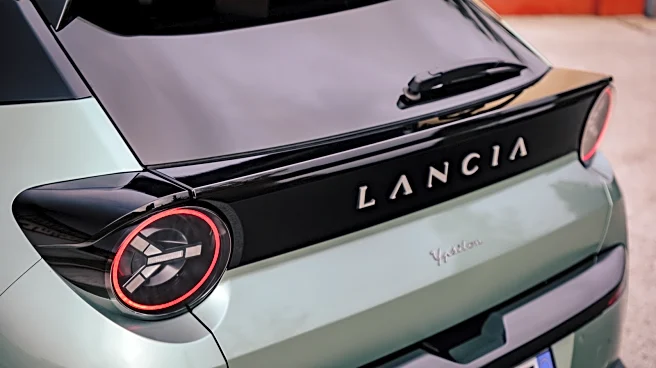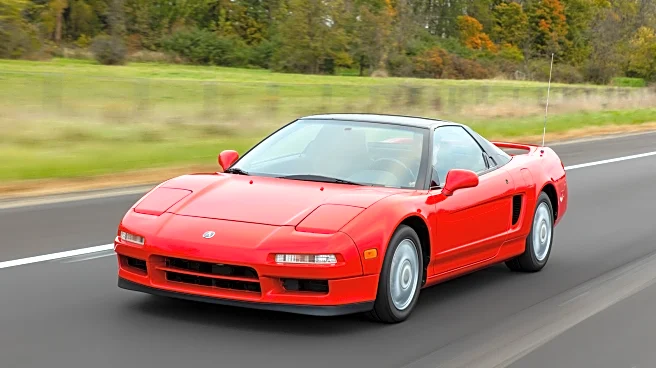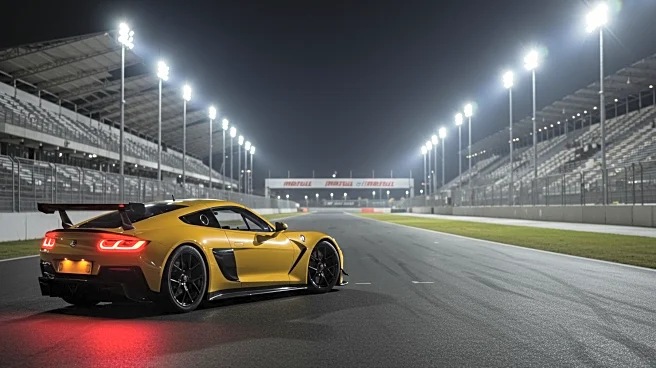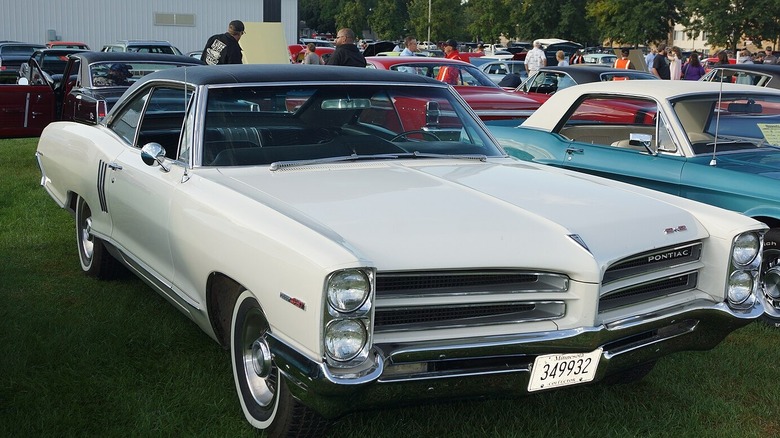
For car enthusiasts, 1964 is best remembered for its mid-sized and smaller cars. Pontiac introduced the GTO, Ford foaled the Mustang weeks after Plymouth released the Barracuda, and in September, Porsche began offering the 911. Full-sized car lovers had wonders, too. Mercedes-Benz began producing the W100 platform 600 "Grosser", and Pontiac obliged the performance folks with the Catalina-based 2+2 model. It had Pontiac's 389 cubic-inch V-8 with carburetors ranging up to the tri-power, which used
three two-barrel carburetors. The 421 Super Duty was available, but with a single four-barrel carburetor.
In 1965, though, the 2+2 came into its own. The car was no longer a Catalina variant, but its own model. Pontiac's mighty 421 Super Duty engine was the only motor available, and the carburetor options now included the tri-power setup. The 1966 model was probably the most infamous, as Car and Driver tested a 2+2 against a Ferrari 2+2 (via Curbside Classic). Royal Oak Pontiac, the provider of the 2+2, highly tuned the car before shipping it out of Michigan. It turned a 3.9-second 0-60 mph. By 1967, though, even bumping up the engine to a 428 couldn't stop declining sales in favor of the GTO, and Pontiac ended the 2+2. In America, that is.
Read more: 8 Of The Worst-Looking Pontiacs Ever Made
Canada's 2+2s
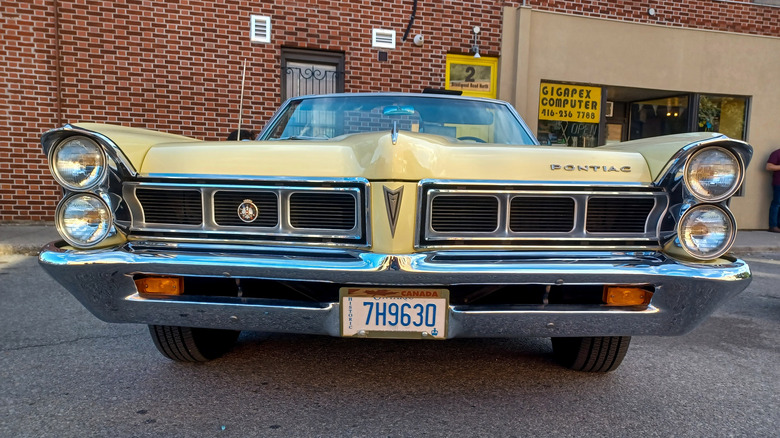
Though Pontiac ended the 2+2 model in the U.S. in 1967, it kept the badge alive by producing a Canadian-built model from 1967 through 1970. Canadian Pontiacs were not identical to their U.S. versions, as they sat on Chevrolet frames instead of U.S. Pontiac frames. In the case of the 2+2, it fell under the Pariseinne model, which was equipped like a Bonneville, but built on an Impala frame. Unlike the U.S. 2+2, which was an acceleration-oriented machine with the biggest engine available from Pontiac, the Canadian version was available with Chevrolet engines ranging from the 250 cubic-inch straight-6 up to large-block V-8s like the 427.
While the drive trains were Chevrolet-based and Pontiac-badged, the interiors were more aligned with the Pontiacs of the time, and the idea of the original 2+2 was carried forward. Unlike European 2+2 cars that had four seats, the Pontiacs seated five. They sported bucket seats for a driver and a passenger up front, but a bench seat across the back. To keep with the '2+2' idea, though, the back seat was designed to look like it was made for two, with a space between.
A 2+2 For The '80s
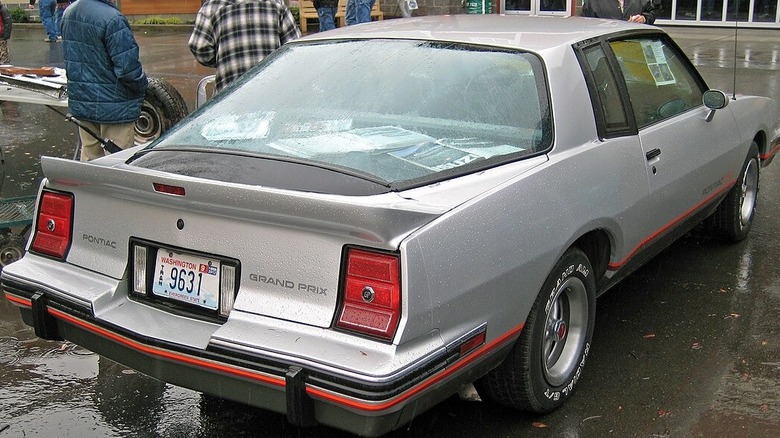
Pontiac closed the books on the Catalina line completely in 1981. However, the 2+2 returned once more when GM hit its mid-1980s performance stride that included cars such as the Chevrolet IROC-Z and the Buick Grand National. GM was facing homologation rules created by NASCAR, and its responses came in the form of the limited edition Chevrolet Monte Carlo SS Aerocoupe and its Pontiac Grand Prix sibling, namely the 2+2. In the early 1980s, GM was suffering in NASCAR. Ford's new Thunderbird was more aerodynamic, and in particular, the back end of the T-bird stayed stuck to the track. Chevrolet's and Pontiac's notch-backs, namely the Monte Carlo and the Grand Prix, started lifting in the rear at high speed. The solution in both cases was to bubble out the rear window. The 2+2's back window was designed in a wind tunnel for the NASCAR vehicles and adapted to the street cars. However, performance outside of the wind tunnel was not inspiring. With a slightly detuned 5-liter V-8 (at 165 hp instead of 180 hp), the new 2+2 didn't set the world on fire, and it was removed from the Pontiac lineup in 1987.
Want the latest in tech and auto trends? Subscribe to our free newsletter for the latest headlines, expert guides, and how-to tips, one email at a time.
Read the original article on SlashGear.
